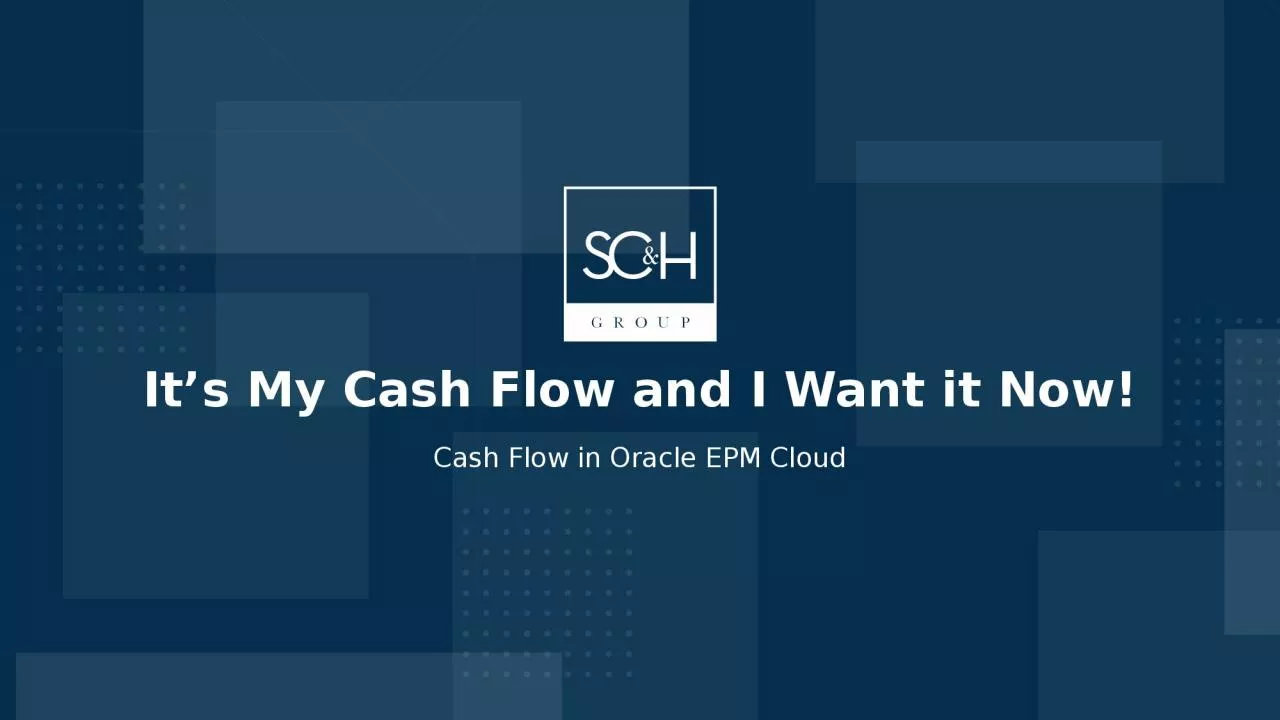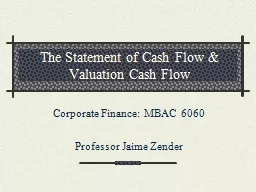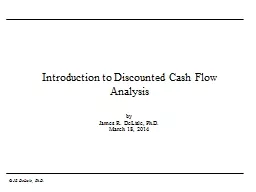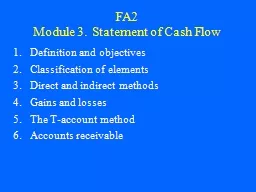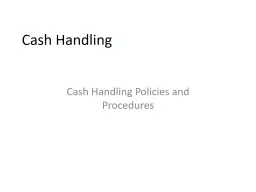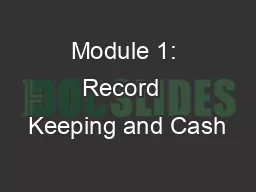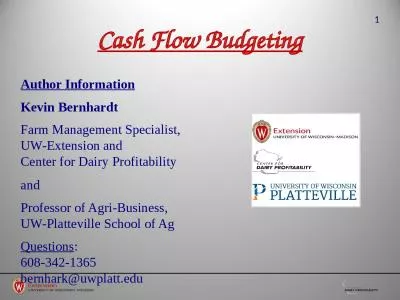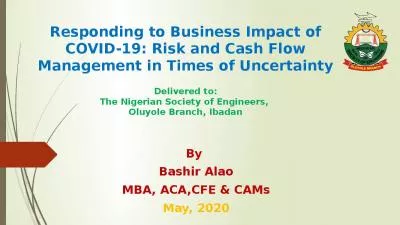PPT-It’s My Cash Flow and I Want it Now!
Author : sophia2 | Published Date : 2023-11-05
Cash Flow in Oracle EPM Cloud Agenda 01 02 Introduction to Cash Flow Analysis Cash Flow in Financial Consolidation and Close 03 Cash Flow in Planning Cash Flow in
Presentation Embed Code
Download Presentation
Download Presentation The PPT/PDF document "It’s My Cash Flow and I Want it Now!" is the property of its rightful owner. Permission is granted to download and print the materials on this website for personal, non-commercial use only, and to display it on your personal computer provided you do not modify the materials and that you retain all copyright notices contained in the materials. By downloading content from our website, you accept the terms of this agreement.
It’s My Cash Flow and I Want it Now!: Transcript
Download Rules Of Document
"It’s My Cash Flow and I Want it Now!"The content belongs to its owner. You may download and print it for personal use, without modification, and keep all copyright notices. By downloading, you agree to these terms.
Related Documents

